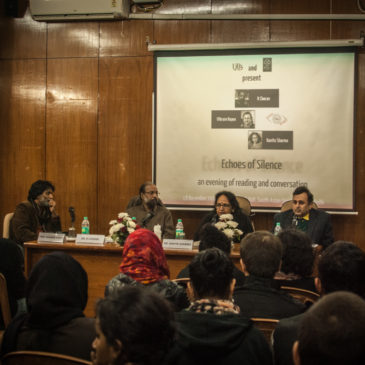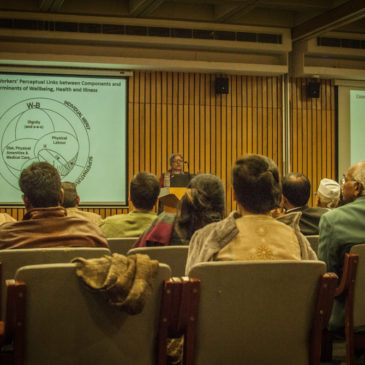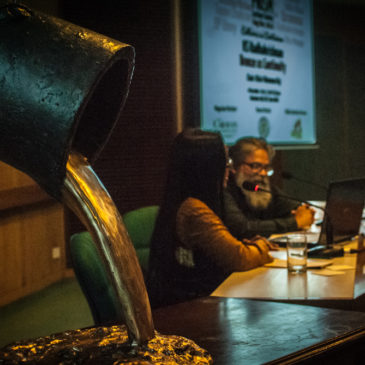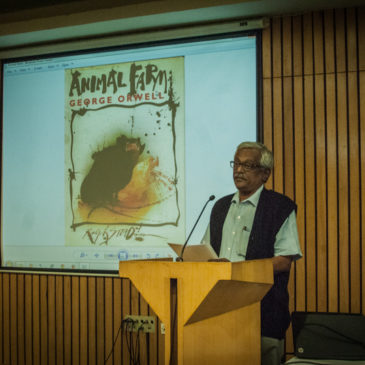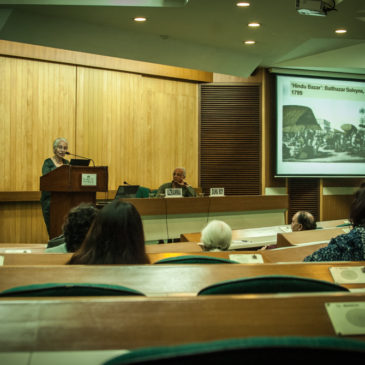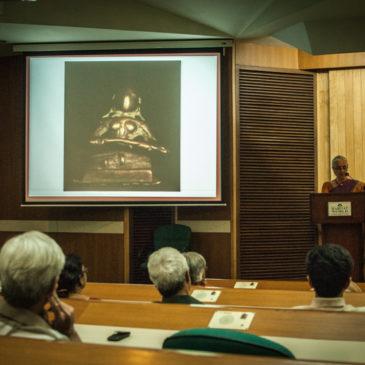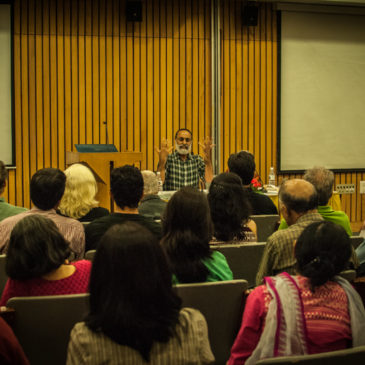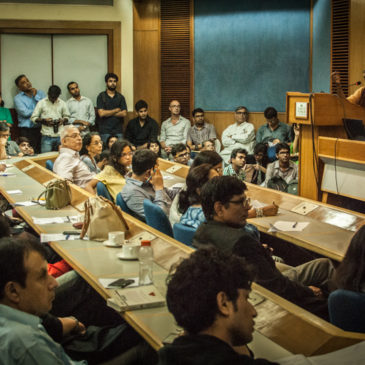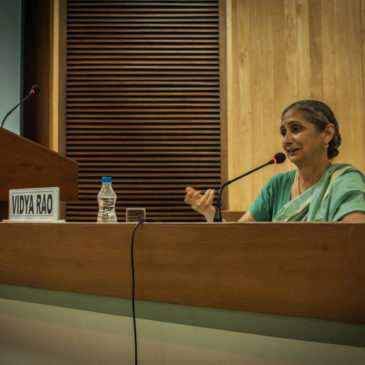Echoes of Silence
The poetry reading and conversation evening Echoes of Silence was held on Thursday 18 December at 6.30 pm at the FSI hall, South Asian University, Delhi. The programme sought to retrieve lost and painful memories to give shape to the echoes of silences teeming all around us. As the world continues to struggle to make sense of the extent of inhumanity at Peshawar, Echoes of Silence affirmed the role of poetry and art to bridge our polarised world. The evening brought together two eminent writers: Tamil poet in exile R Cheran (Sri Lanka) and English novelist Vikram Kapur (India). Both of them have been working closely with ethnic and religious confrontations in their respective spaces, using at times their creative works to articulate the hushed voices. The conversation that followed the readings was chaired by Kavita Sharma, President of the South Asian University. She opened the evening with one minute of silence for the victims of Peshawar.


